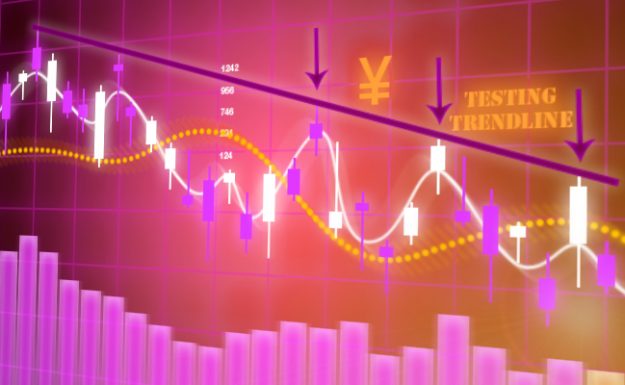Want FULL ACCESS To
ROSS’ DAILY TRADE ROOM?
Simply Click The Get Started Button Right Now!
In this post I don’t want to spend a lot of time on how the Fibonacci ratios are derived. With a little internet research you can find a multitude of websites that can give you that information. Instead I want to focus on basic application of the common levels that Forex trader’s use.
There are 3 basic steps to applying the Fibonacci retracement levels to the charts. So this article will discuss the what, where and how to applying these levels.
First, for the purpose of technical trading, the Fib levels that we will focus on are the 0.236, 0.382, .50, 0.618, 0.786 and the 0.886. Also, there are a few Fibonacci extensions that will come in handy. Those are the 1.27, 1.382 and 1.618. With the exception of the .50, all of these levels can be derived from the Golden Ratios found within the Fibonacci sequence or the converse of one of the ratios. The .50 is not a Fib ratio but a common retracement level widely recognized by traders as a half way point of retracement.
Next, let me define what a retracement level is: a retracement level is the point in which you expect the market to draw back against the trend, stop, and return back in the direction of the trend. This of course would require a definition of the trend. The trend is the general direction the market is moving viewed in short, medium and long term outlooks. All that said, the trend and subsequently the retracement levels will require some subjectivity and artistry in their interpretation by the trader. But I would suggest that the wider view point that you take of the trend the closer to the “general direction” you will be viewing. For example look at the image on Fig. 1, here we can see an






